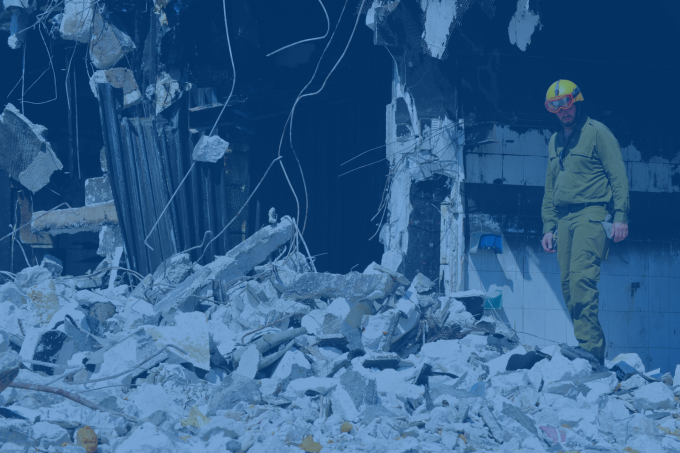Here is how we train ChatGPT to help first responders during natural disasters
Researchers teach AI to locate disaster victims using their social media

A new University at Buffalo-led study is training ChatGPT to recognize locations—from home addresses to intersections—in the social media posts of natural disaster victims. The AI technology may help first responders reach victims more quickly, potentially helping save lives.
Disaster victims have frequently turned to social media to plead for help when 911 systems become overloaded, including during Hurricane Harvey’s devastation of the Houston area in 2017. However, first responders often don’t have the resources to monitor social media feeds during a disaster, follow the various hashtags and decide which posts are most urgent.
Supplied with carefully constructed prompts, researchers’ “geoknowledge-guided” GPT models extracted location data from X posts sent during Hurricane Harvey at an accuracy rate 76% better than default GPT models.
It is the hope of the research team, which includes faculty from UB’s School of Engineering and Applied Sciences and Department of Geography, as well as collaborators from the University of Georgia, Stanford University and Google, that their work could lead to AI systems that automatically process social media data for emergency services.
"While there are a number of significant and valid concerns about the emergence of ChatGPT, our work shows that careful, interdisciplinary work can produce applications of this technology that can provide tangible benefits to society,” says co-author Kenneth Joseph, assistant professor in the Department of Computer Science and Engineering, within the UB School of Engineering and Applied Sciences.
Lead author Yingjie Hu, associate professor in the UB Department of Geography, hopes their efforts can simplify the use of AI technologies so that emergency managers don’t have to become AI experts themselves to use them and can focus on saving lives.
The research was published in the International Journal of Geographical Information Science and supported by the National Science Foundation.
